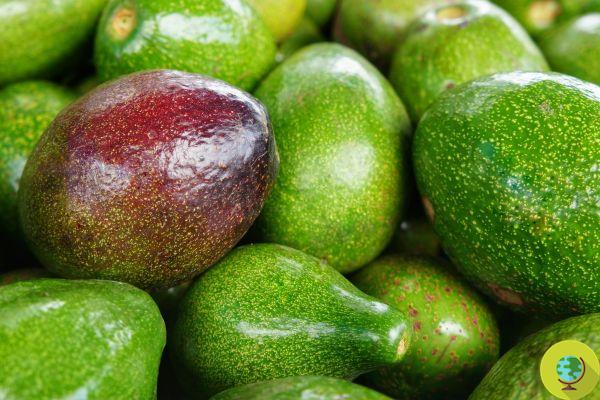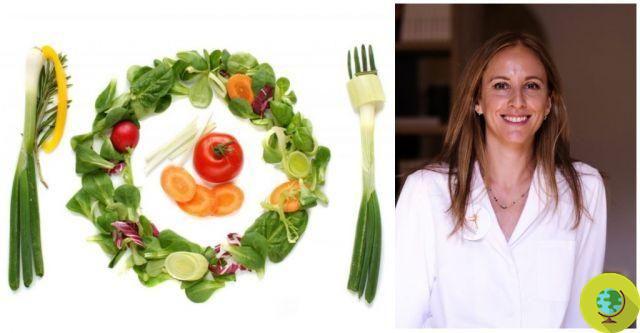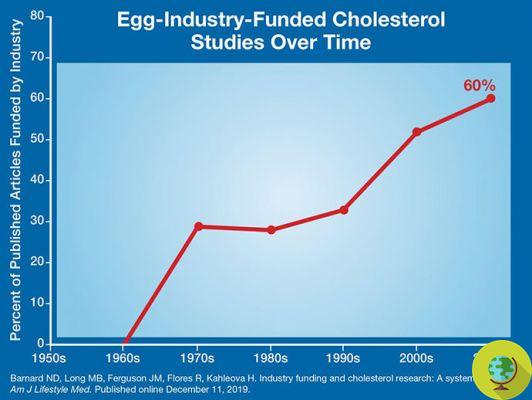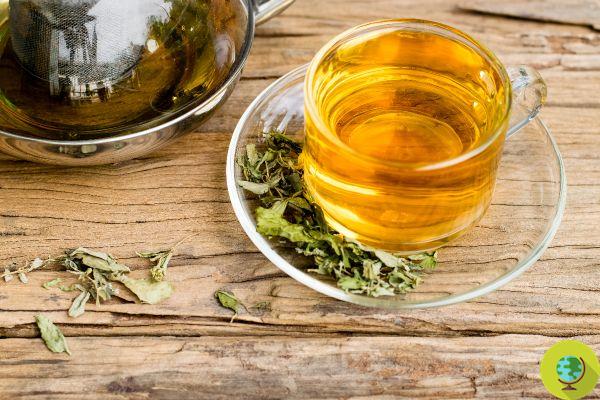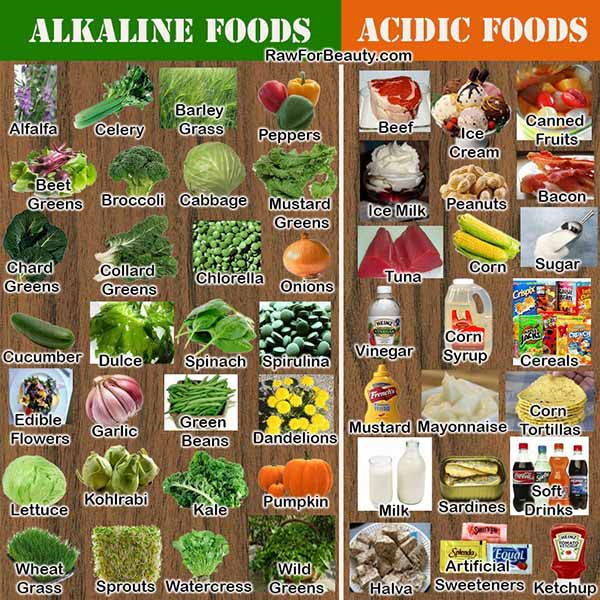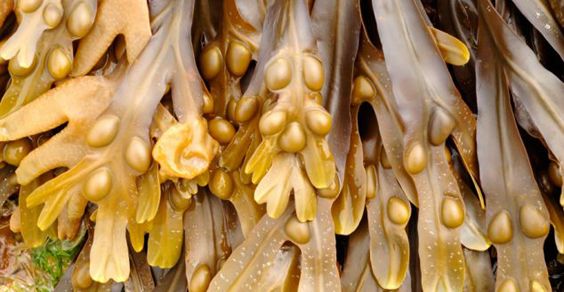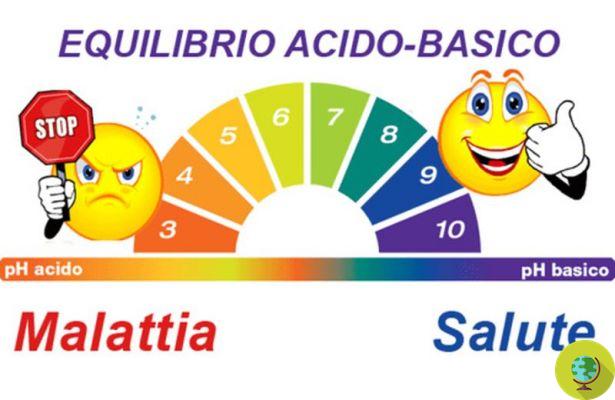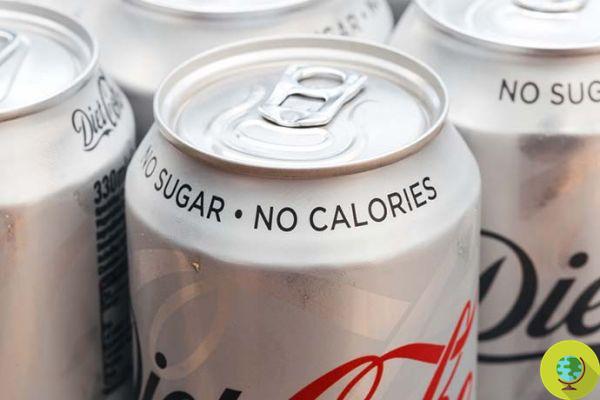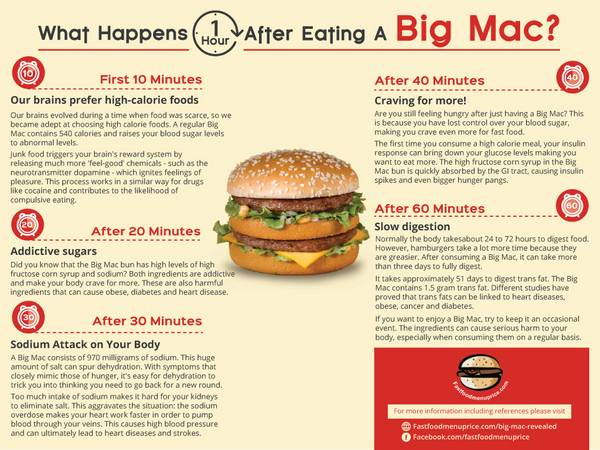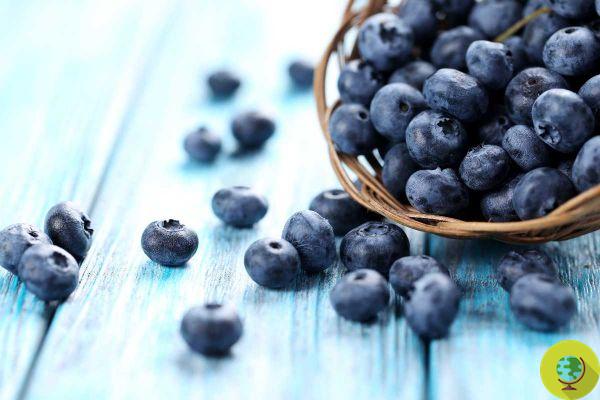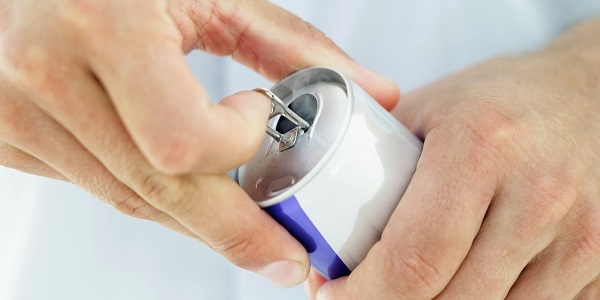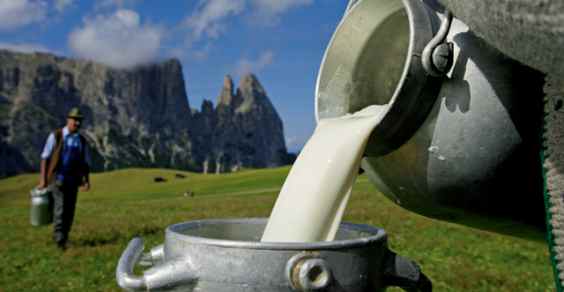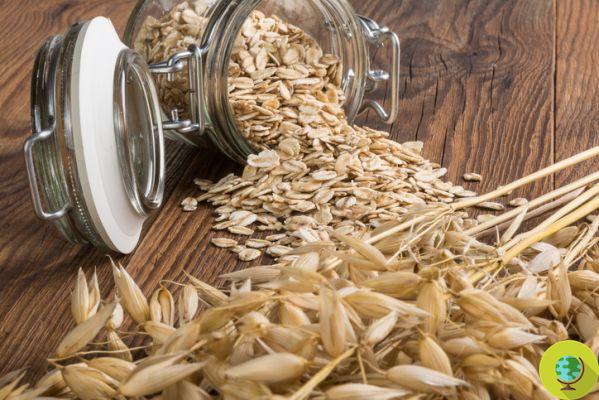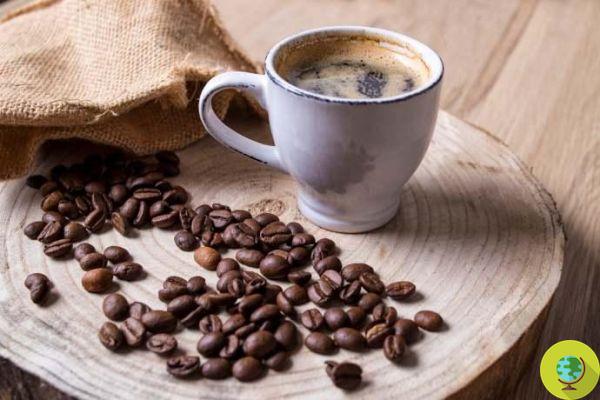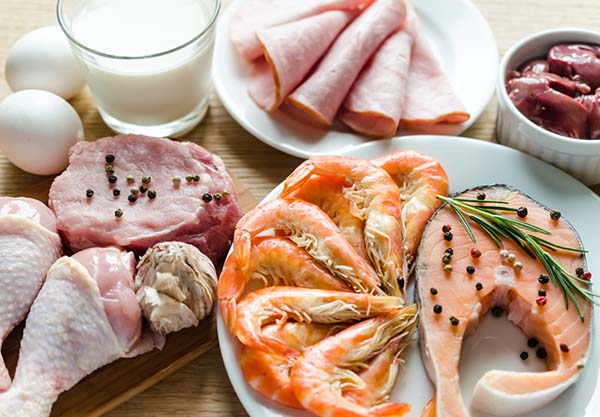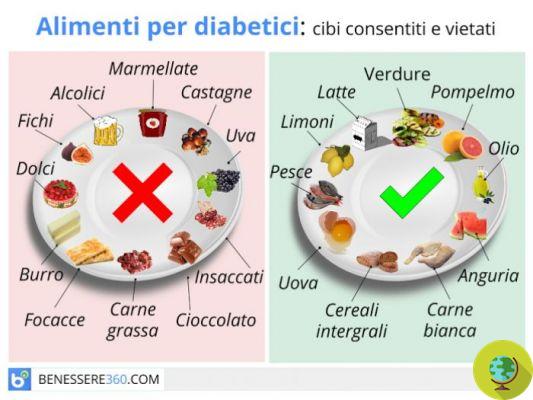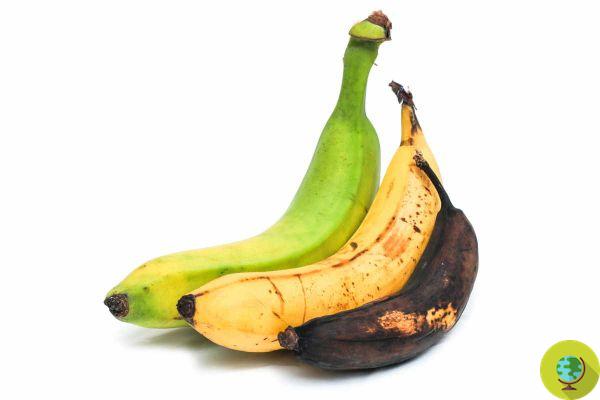
Did you know that each stage of banana ripening has different benefits? Let's see which banana to eat to lower blood sugar.
Don't store avocado like this: it's dangerousThere are those who prefer to eat bananas perfectly yellow, those who prefer them when they are still green and a little hard and there are those who eat them when they have brown spots on the skin.
But the banana in the various stages of ripening not only has a different taste, but also brings different beneficial effects on the body and on the health of the organism. Let's see which ones. (Read also: Do you know how many calories a banana has?)
Index
green banana
It has been proven that unripe green bananas have a starch that is 20 times stronger of ripe bananas. It is a form of starch that the body struggles to break down as it resists the digestive process, so it passes directly through the intestines. This slows down the rate at which the carbohydrates in fruit are converted into glucose and then absorbed into the blood.
The banana verde ha in genere a glycemic index of 30, compared to that of 58 of a more ripe banana. This starch is not only beneficial for the glycemia, because the benevolent bacteria found in the colon they feed on it. In fact, they boost digestive enzymes that help us digest carbohydrates and absorb vitamins from food, as well as protect us from any hostile microorganisms.
A study published in the academic journal Nutrients analyzed all the benefits of green bananas and were able to confirm that eating one every day improves intestinal health. Green bananas can help with gastrointestinal symptoms (such as Diarrhea e constipation), diseases (such as i intestinal tumors) and also 2 type diabetes.
Giant banana
During ripening, the starch of a banana is converted into sugar: it goes from 3,2 g / 100 g in an unripe banana to 12 g / 100 g in a ripe banana. The lower amounts of starch make the banana yellow easier to digest and also an excellent source of energy.
Many experts claim that the yellow banana is healthier than the green one, since different components of the fruit (such as i carotenoids which are good for the eyes and prevent cancer) become more bioavailable when the banana is ripe. With less starch to break down, the digestive system will absorb nutrients more quickly. These include:
- vitamin A, B and C;
- iron;
- magnesium;
- potassium.
Some of these micronutrients are lost as the banana ages, but the levels of antioxidants, which help support the immune system, peak as the fruit ripens. A study by the International Food Research Journal showed that the levels of Vitamin C they increase with the ripening process, but decrease when the banana becomes overripe. (Read also: Bananas: green, yellow or brown? At what ripeness is it best to consume them for a low glycemic index)
Speckled bananas
Brown spots on a very ripe banana indicate that even more starch has been converted to sugar. Scientists have found that a fully ripe banana produces a substance called tumor necrosis factor (TNF) which has the ability to fight abnormal cells and strengthen our immunity against the cancer.
In a 2009 study published in the journal Food Science and Technology Research, scientists at Teikyo University in Japan found that dark-spotted bananas were eight times more effective in boost the power of white blood cells (which fight infections) compared to green-skinned bananas. The anti-tumor benefit corresponds to the ripening phase of the banana: the more stains a banana has, the greater its power to strengthen the immune system.
Brown bananas
Bananas produce ethylene, a natural compound that regulates the ripening process, making them brown. This changes the texture, flavor and nutritional value of the fruit. When a banana becomes overripe, much of the starch is converted into sugars and because of this it becomes definitely sweeter.
Brown bananas can indeed be used as sugar substitute: It is a healthier and more organic way to sweeten food, as bananas provide several essential nutrients, such as potassium, vitamin B6, folic acid and vitamin C.
However, overripe bananas can start to ferment, losing many of their benefits.
Follow your Telegram | Instagram | Facebook | TikTok | Youtube
Fonti: Nutrients / International Food Research Journal / Food Science and Technology Research
On bananas, you may also be interested in:
- This is by far the most potassium-rich fruit (and it's not banana)
- The EU wants to ban the mancozeb pesticide also from imported bananas, but the lobbies are not happy with it
- With this trick you will be able to ripen mangoes and bananas in a natural way
- Too many pesticides in bananas: even organic ones are not saved, the worst brands according to the new test
- Don't throw away the banana peels, you can turn them into vegetable "bacon" with this recipe




